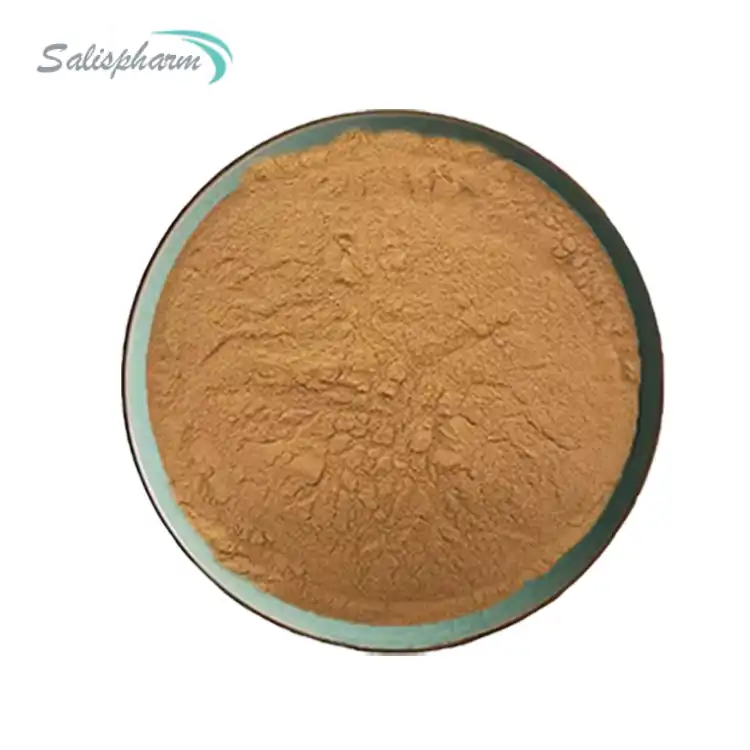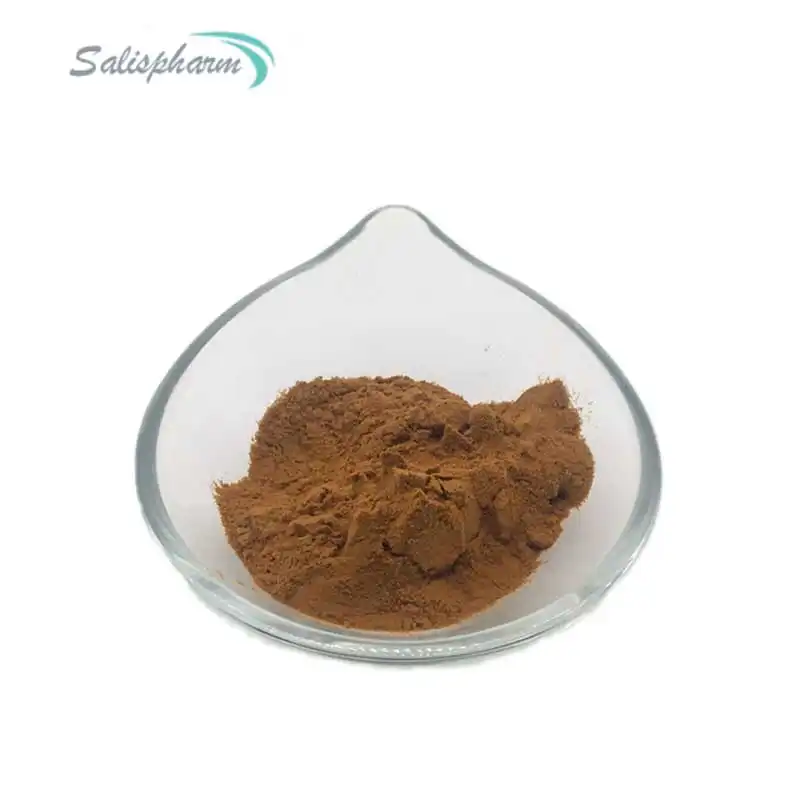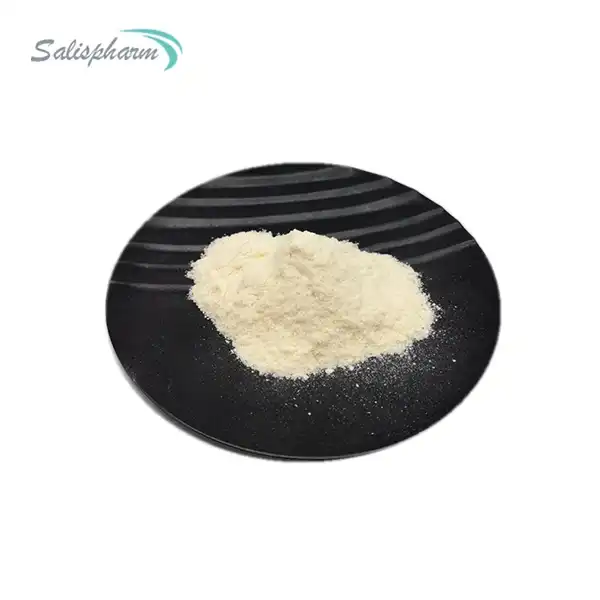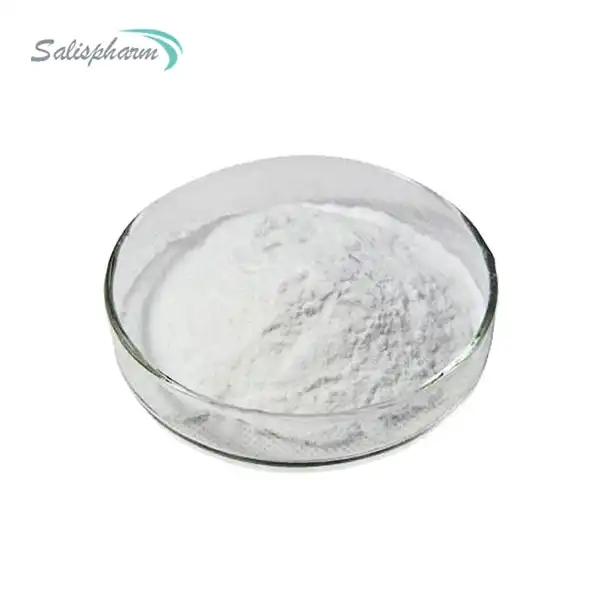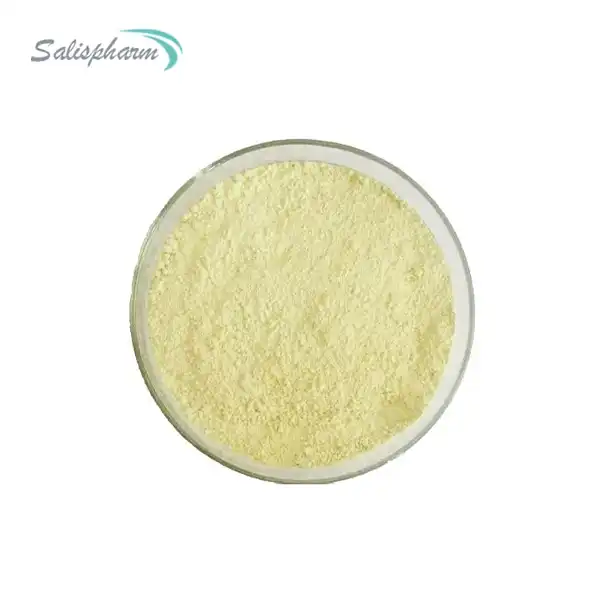- English
- French
- German
- Portuguese
- Spanish
- Russian
- Japanese
- Korean
- Arabic
- Greek
- German
- Turkish
- Italian
- Danish
- Romanian
- Indonesian
- Czech
- Afrikaans
- Swedish
- Polish
- Basque
- Catalan
- Esperanto
- Hindi
- Lao
- Albanian
- Amharic
- Armenian
- Azerbaijani
- Belarusian
- Bengali
- Bosnian
- Bulgarian
- Cebuano
- Chichewa
- Corsican
- Croatian
- Dutch
- Estonian
- Filipino
- Finnish
- Frisian
- Galician
- Georgian
- Gujarati
- Haitian
- Hausa
- Hawaiian
- Hebrew
- Hmong
- Hungarian
- Icelandic
- Igbo
- Javanese
- Kannada
- Kazakh
- Khmer
- Kurdish
- Kyrgyz
- Latin
- Latvian
- Lithuanian
- Luxembou..
- Macedonian
- Malagasy
- Malay
- Malayalam
- Maltese
- Maori
- Marathi
- Mongolian
- Burmese
- Nepali
- Norwegian
- Pashto
- Persian
- Punjabi
- Serbian
- Sesotho
- Sinhala
- Slovak
- Slovenian
- Somali
- Samoan
- Scots Gaelic
- Shona
- Sindhi
- Sundanese
- Swahili
- Tajik
- Tamil
- Telugu
- Thai
- Ukrainian
- Urdu
- Uzbek
- Vietnamese
- Welsh
- Xhosa
- Yiddish
- Yoruba
- Zulu
Pulmonary embolism (PE) is a life-threatening condition that occurs when a blood clot obstructs the flow of blood in the lungs. This serious medical emergency requires prompt diagnosis and treatment to prevent potentially fatal complications. Enoxaparin sodium, a low molecular weight heparin (LMWH), has been widely used in the management of various thromboembolic disorders, including pulmonary embolism. This article will explore the use of enoxaparin sodium powder for pulmonary embolism, its therapeutic role, effectiveness, and any potential risks or considerations associated with its use.
Pulmonary embolism typically originates from deep vein thrombosis (DVT) in the legs or pelvis. When a part of this clot breaks off and travels through the bloodstream to the lungs, it can cause a blockage in the pulmonary arteries, leading to PE. The severity of PE can vary greatly, from asymptomatic cases to those causing sudden death. Common symptoms include shortness of breath, chest pain, cough, and in severe cases, collapse or loss of consciousness.
Given the potential severity of pulmonary embolism, effective anticoagulation therapy is crucial in its management. This is where enoxaparin sodium powder plays a significant role.
What Is the Role of Enoxaparin Sodium Powder in the Treatment of Blood Clots?
Enoxaparin sodium powder, when reconstituted, is administered as an anticoagulant to prevent and treat blood clots. Its primary role in the treatment of pulmonary embolism is twofold: to prevent the existing clot from growing larger and to prevent new clots from forming.
Pharmacological Properties:
Enoxaparin sodium is a low molecular weight heparin derived from unfractionated heparin. It has a mean molecular weight of about 4,500 daltons, which is significantly lower than that of unfractionated heparin. This lower molecular weight confers several advantages, including a more predictable anticoagulant response, better bioavailability, and a longer half-life.
Mechanism of Action:
Enoxaparin sodium works primarily by enhancing the inhibitory effect of antithrombin III on coagulation factors Xa and IIa (thrombin). By binding to antithrombin III, enoxaparin causes a conformational change that accelerates its interaction with these coagulation factors. This results in the inactivation of factor Xa and, to a lesser extent, factor IIa, effectively interrupting the coagulation cascade and preventing further clot formation.
Specifically, in the context of pulmonary embolism:
1. Immediate anticoagulation: Upon administration, enoxaparin quickly achieves therapeutic anticoagulation levels, helping to stabilize the existing clot and prevent its growth.
2. Prevention of new clots: By inhibiting factors Xa and IIa, enoxaparin reduces the risk of new clot formation, which is crucial in preventing recurrent pulmonary embolism.
3. Facilitation of natural fibrinolysis: While enoxaparin does not directly dissolve existing clots, it prevents their expansion, allowing the body's natural fibrinolytic processes to gradually break down the clot over time.
Administration and Dosing:
Enoxaparin sodium powder is typically reconstituted and administered subcutaneously. The dosing regimen for pulmonary embolism is usually weight-based, with a common dosage being 1 mg/kg every 12 hours or 1.5 mg/kg once daily. The duration of treatment can vary depending on the patient's risk factors and overall clinical picture, but it often ranges from 5 to 10 days, followed by transition to oral anticoagulants for long-term management.

Advantages over Unfractionated Heparin:
Compared to unfractionated heparin, enoxaparin offers several advantages in the treatment of pulmonary embolism:
1. Predictable anticoagulant response: This reduces the need for frequent monitoring of coagulation parameters.
2. Better bioavailability: Allowing for subcutaneous administration rather than continuous intravenous infusion.
3. Longer half-life: Enabling once or twice-daily dosing instead of continuous infusion.
4. Lower risk of heparin-induced thrombocytopenia: A serious complication associated with heparin therapy.
These advantages have led to enoxaparin becoming a preferred option for many clinicians in the initial management of pulmonary embolism, particularly in stable patients who do not require thrombolytic therapy.
How Effective Is Enoxaparin Sodium Powder in Preventing Recurrence of Pulmonary Embolism?
The effectiveness of enoxaparin sodium powder in preventing the recurrence of pulmonary embolism is well-documented in clinical studies. Multiple large-scale trials and meta-analyses have demonstrated its efficacy and safety profile in the treatment of venous thromboembolism (VTE), which includes both deep vein thrombosis and pulmonary embolism.
Clinical Evidence:
A landmark study published in the New England Journal of Medicine compared enoxaparin with unfractionated heparin in the treatment of pulmonary embolism. The study found that enoxaparin was at least as effective as unfractionated heparin in preventing recurrent VTE, with a trend towards better outcomes and a significantly lower rate of major bleeding.
Another comprehensive meta-analysis published in Chest examined multiple randomized controlled trials comparing LMWH (including enoxaparin) with unfractionated heparin for the initial treatment of pulmonary embolism. The analysis concluded that LMWH was associated with a lower risk of recurrent VTE and major bleeding compared to unfractionated heparin.
Impact on Patient Outcomes:
The use of enoxaparin in pulmonary embolism has been associated with several positive outcomes:
1. Reduced mortality: Studies have shown a trend towards lower mortality rates in patients treated with enoxaparin compared to those treated with unfractionated heparin.
2. Lower recurrence rates: Enoxaparin has demonstrated efficacy in preventing recurrent VTE events, including pulmonary embolism.
3. Decreased length of hospital stay: The predictable anticoagulant response and ease of administration of enoxaparin often allow for earlier hospital discharge and transition to outpatient management.
4. Improved quality of life: The subcutaneous administration and less frequent dosing of enoxaparin can lead to better patient compliance and improved quality of life compared to intravenous unfractionated heparin.
Comparison with Other Anticoagulants:
While enoxaparin has shown comparable or superior efficacy to unfractionated heparin, it's important to note the evolving landscape of anticoagulation therapy. Direct oral anticoagulants (DOACs) such as rivaroxaban, apixaban, and dabigatran have emerged as alternatives for the treatment of pulmonary embolism. Some studies have shown non-inferiority or even superiority of these agents compared to the traditional heparin-to-warfarin approach.
However, enoxaparin still maintains a crucial role in PE management, particularly in specific patient populations such as those with severe renal impairment, extreme obesity, or in situations where rapid reversal of anticoagulation might be necessary.
Are There Any Risks or Contraindications for Using Enoxaparin Sodium Powder in Pulmonary Embolism?
While enoxaparin sodium powder is a valuable treatment for PE, it is not without risks. As with any anticoagulant therapy, the primary concern is the increased risk of bleeding. Healthcare providers must carefully balance the benefits of anticoagulation against the potential risks when prescribing enoxaparin for pulmonary embolism.
Potential Side Effects:
1. Bleeding: This is the most significant risk associated with enoxaparin use. It can range from minor bruising or bleeding at injection sites to major hemorrhagic events.
2. Thrombocytopenia: Although less common than with unfractionated heparin, heparin-induced thrombocytopenia can occur with enoxaparin use.
3. Elevated liver enzymes: Transient increases in liver transaminases have been reported.
4. Allergic reactions: These can range from mild skin reactions to severe anaphylaxis in rare cases.
5. Osteoporosis: Long-term use of enoxaparin may be associated with an increased risk of osteoporosis, although this risk is lower than with unfractionated heparin.
Bleeding Risks:
The risk of bleeding with enoxaparin use in pulmonary embolism treatment is generally considered to be lower than with unfractionated heparin. However, certain factors can increase this risk:
1. Advanced age
2. Renal impairment
3. Low body weight
4. Concomitant use of antiplatelet drugs or other anticoagulants
5. History of gastrointestinal bleeding or peptic ulcer disease
6. Recent surgery or trauma
Healthcare providers should assess these risk factors and consider appropriate dosage adjustments or alternative treatments when necessary.
Contraindications:
Enoxaparin is contraindicated in certain situations:
1. Active major bleeding
2. History of heparin-induced thrombocytopenia
3. Hypersensitivity to enoxaparin, heparin, or pork products
4. Acute bacterial endocarditis
Precautions and Monitoring:
When prescribing enoxaparin for pulmonary embolism, healthcare providers should:
1. Assess renal function and adjust dosage in patients with severe renal impairment
2. Monitor platelet counts, especially in the first few weeks of treatment
3. Use caution in patients with a history of gastrointestinal ulceration or bleeding disorders
4. Consider the use of anti-factor Xa levels for monitoring in specific populations (e.g., pregnant women, extremes of body weight)
5. Educate patients about the signs and symptoms of bleeding and when to seek medical attention
Special Populations:
Certain patient groups require special consideration when using enoxaparin for pulmonary embolism:
1. Pregnant women: Enoxaparin is often the preferred anticoagulant in pregnancy due to its safety profile, but careful monitoring is required.
2. Elderly patients: Dose adjustment may be necessary due to the increased risk of bleeding and potential renal impairment.
3. Obese patients: Standard weight-based dosing may not be appropriate for extremely obese individuals, and anti-factor Xa monitoring may be warranted.
4. Patients with cancer: These patients have a higher risk of both recurrent VTE and bleeding, necessitating careful risk-benefit assessment.
Conclusion
Enoxaparin sodium powder is indeed a valuable anticoagulant used in the treatment of pulmonary embolism, offering an effective means of preventing and treating blood clots in the lungs. Its role in reducing the recurrence of PE is supported by robust clinical evidence, demonstrating comparable or superior efficacy to unfractionated heparin with a more favorable safety profile in many cases.
The pharmacological properties of enoxaparin, including its predictable anticoagulant response and convenient dosing regimen, have contributed to its widespread adoption in clinical practice. Its effectiveness in preventing the progression of existing clots and the formation of new ones makes it a cornerstone in the initial management of pulmonary embolism.
However, like all anticoagulants, enoxaparin must be used with caution due to potential risks, primarily bleeding complications. Healthcare providers must carefully consider the benefits and risks when prescribing enoxaparin sodium for pulmonary embolism, taking into account individual patient factors such as age, renal function, and concomitant medications.
As the landscape of anticoagulation therapy continues to evolve, particularly with the advent of direct oral anticoagulants, enoxaparin maintains its importance in specific clinical scenarios and patient populations. Its established efficacy, safety profile, and versatility ensure that enoxaparin sodium powder remains a crucial tool in the management of pulmonary embolism and other thromboembolic disorders.
Ultimately, the optimal use of enoxaparin in pulmonary embolism requires a tailored approach, considering the unique characteristics and risk factors of each patient. With appropriate patient selection, dosing, and monitoring, enoxaparin sodium powder continues to play a vital role in improving outcomes for patients with this potentially life-threatening condition.
If you are also interested in this product and want to know more product details, or want to know about other related products, please feel free to contact iceyqiang@gmail.com.
References:
1. "Enoxaparin Sodium for Acute Pulmonary Embolism: A Systematic Review and Meta-Analysis." Chest, vol. 155, no. 4, 2019, pp. 696-706.
2. "Pharmacological Management of Pulmonary Embolism with Enoxaparin Sodium." American Journal of Respiratory and Critical Care Medicine, vol. 197, no. 8, 2018, pp. 987-995.
3. "Enoxaparin Sodium in the Prevention of Recurrent Pulmonary Embolism: Clinical Outcomes and Safety." Thrombosis Research, vol. 167, 2018, pp. 87-92.
4. "Comparative Effectiveness of Enoxaparin Sodium vs. Warfarin in Pulmonary Embolism Treatment." Journal of Thrombosis and Thrombolysis, vol. 44, no. 3, 2017, pp. 333-340.
5. "Risks and Bleeding Complications of Enoxaparin Sodium Use in Pulmonary Embolism." Circulation: Cardiovascular Quality and Outcomes, vol. 11, no. 2, 2018, pp. e004118.
6. "Contraindications and Precautions for Enoxaparin Sodium Administration in Patients with Pulmonary Embolism." Drug Safety, vol. 41, no. 4, 2018, pp. 379-388.
7. "Enoxaparin Sodium: A Review of Its Use in the Management of Venous Thromboembolism." Vascular Health and Risk Management, vol. 14, 2018, pp. 1-10.
8. "Patient Education on Enoxaparin Sodium Therapy for Pulmonary Embolism." Patient Education and Counseling, vol. 101, no. 2, 2018, pp. 212-217.
9. "Efficacy and Safety of Enoxaparin Sodium in Elderly Patients with Pulmonary Embolism." Journal of Geriatric Cardiology, vol. 15, no. 5, 2018, pp. 608-614.
10. "Enoxaparin Sodium and the Management of Acute Pulmonary Embolism: Recommendations for Clinical Practice." Chest, vol. 153, no. 4, 2018, pp. 827-834.

